GBA Releases Five More Case Histories: 61-65
Learn from others. Don’t repeat the mistakes of the past! GBA Case Histories  are being used by our members for loss prevention discussions in support of professional development and mentoring. That is why GBA case histories are so valuable, and why GBA is updating them all, while adding new ones, too.
are being used by our members for loss prevention discussions in support of professional development and mentoring. That is why GBA case histories are so valuable, and why GBA is updating them all, while adding new ones, too.
Five more Case Histories have been re-issued.
CASE HISTORY NO. 61 (download)
The owner of a gasoline station retained an environmental consultant to perform a Phase II ESA at the request of prospective purchasers, acting through an intermediary. When problems were discovered later, the consultant wound up as a target in a maze of litigation.
CASE HISTORY NO. 62 (download)
The GBA member was retained by a general contractor for a major utility project. Corners were cut 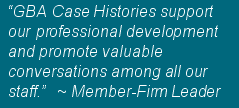 and failure occurred. Although the GBA member was relatively blameless, it had agreed to an unwise indemnity in its contract and faced the potential of litigation that would likely cost it more than $1 million before reaching a settlement.
and failure occurred. Although the GBA member was relatively blameless, it had agreed to an unwise indemnity in its contract and faced the potential of litigation that would likely cost it more than $1 million before reaching a settlement.
CASE HISTORY NO. 63 (download)
A GBA member assigned an inexperienced field representative to observe a grouting project. The field representative began giving directions to the contractor, who was unfamiliar with local regulations and had staked out the project incorrectly, filling the sewer lines with grout.
CASE HISTORY NO. 64 (download)
The GBA-Member Firm’s civil-engineer client erred when transferring information from the member’s report to a set of plans. Serious problems resulted and the geotechnical engineer took strong proactive measures to resolve issues between the civil engineer, client, and contractor.
CASE HISTORY NO. 65 (download)
Knowing that its proposal was accepted as submitted, a Member Firm did not examine the contract it received from its client, a municipality. There, in the “boilerplate,” was a reference to a construction specification that greatly expanded the Member Firm’s responsibility. When a major problem occurred, the Member Firm, unaware of its additional responsibility, failed to exercise it, thus not doing what could have been done to have kept the problem from growing. The end result: The Member Firm paid $500,000 to settle the case.
GBA Case Histories are FREE to all Members. Access all GBA’s Case Histories HERE
 basketball games in our driveway and football in our neighbor’s side yard, kept me, my three brothers, and the neighborhood kids busy and out of trouble. Later we started organized sports, first Little League then Junior High and High School. Most of the folks in our town are HUGE Dallas Cowboys fans even going so far as to schedule the Sunday morning services to allow time for the congregation (which included our family) to make it home in time for a noon kickoff.
basketball games in our driveway and football in our neighbor’s side yard, kept me, my three brothers, and the neighborhood kids busy and out of trouble. Later we started organized sports, first Little League then Junior High and High School. Most of the folks in our town are HUGE Dallas Cowboys fans even going so far as to schedule the Sunday morning services to allow time for the congregation (which included our family) to make it home in time for a noon kickoff.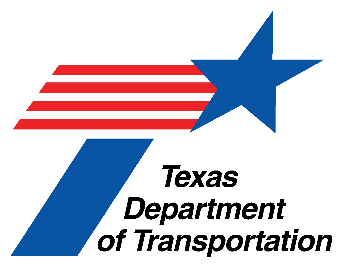 After graduating from high school with my other 32 classmates, I was fortunate to get a full-time summer job with the nearby Area Office of the Texas Department of Transportation (TxDOT). Until then, I had primarily mowed yards and worked part time at local grocery stores. The TxDOT job was my first exposure to civil engineering and surveying. For the next 4 summers, I had a great time learning about surveying as a member of the field party, preparation of drawings for highways, running tests in a hot mix lab at a remote batch plant and working as an inspector at a ready mixed concrete plant. To this day, I fall back on what I learned and enjoy some of the relationships that I formed.
After graduating from high school with my other 32 classmates, I was fortunate to get a full-time summer job with the nearby Area Office of the Texas Department of Transportation (TxDOT). Until then, I had primarily mowed yards and worked part time at local grocery stores. The TxDOT job was my first exposure to civil engineering and surveying. For the next 4 summers, I had a great time learning about surveying as a member of the field party, preparation of drawings for highways, running tests in a hot mix lab at a remote batch plant and working as an inspector at a ready mixed concrete plant. To this day, I fall back on what I learned and enjoy some of the relationships that I formed.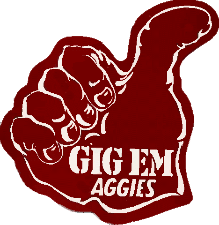
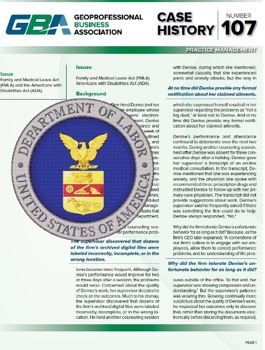 a member firm is faced with alleged violations of the Family and Medical Leave Act (FMLA) and the Americans with Disabilities Act (ATDA). This Case History emphasized Project Managers must be trained in basic human resources (HR) issues and the importance of documentation when dealing with employee performance management.
a member firm is faced with alleged violations of the Family and Medical Leave Act (FMLA) and the Americans with Disabilities Act (ATDA). This Case History emphasized Project Managers must be trained in basic human resources (HR) issues and the importance of documentation when dealing with employee performance management.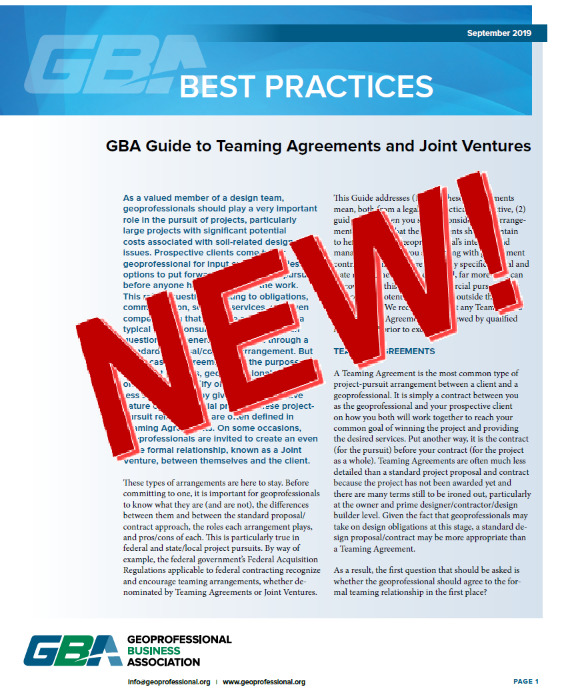
 week about his upcoming keynote presentation at GBA’s 2019 Fall Conference. Mr. Samuels is the Chairman Emeritus of
week about his upcoming keynote presentation at GBA’s 2019 Fall Conference. Mr. Samuels is the Chairman Emeritus of 
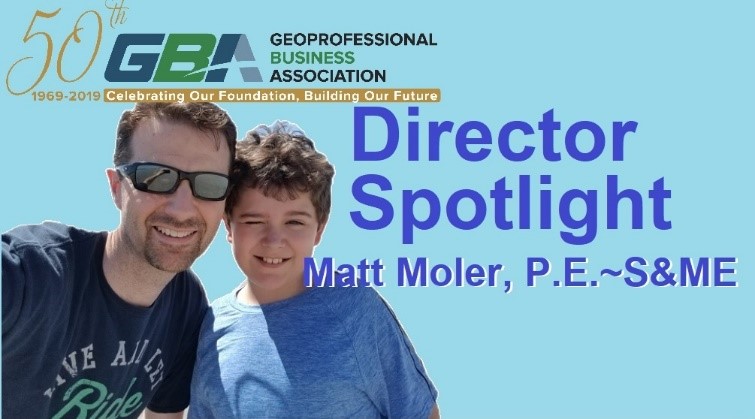
 superintendent. I liked to play golf and I was working on the grounds crew of the local course, so becoming the course superintendent seemed logical. I then learned that a golf course maintenance career meant that every weekend required my services from dawn to dusk. I’m not afraid of long hours, but I wanted to have weekends available for something other than work.
superintendent. I liked to play golf and I was working on the grounds crew of the local course, so becoming the course superintendent seemed logical. I then learned that a golf course maintenance career meant that every weekend required my services from dawn to dusk. I’m not afraid of long hours, but I wanted to have weekends available for something other than work.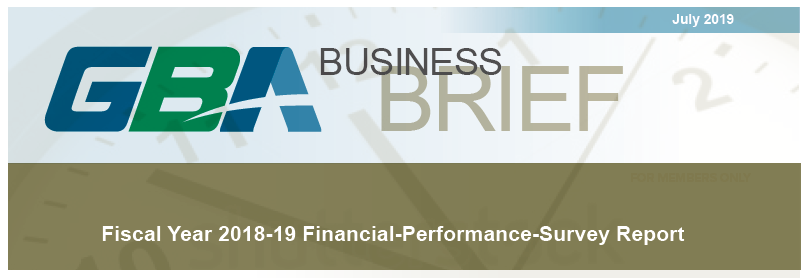
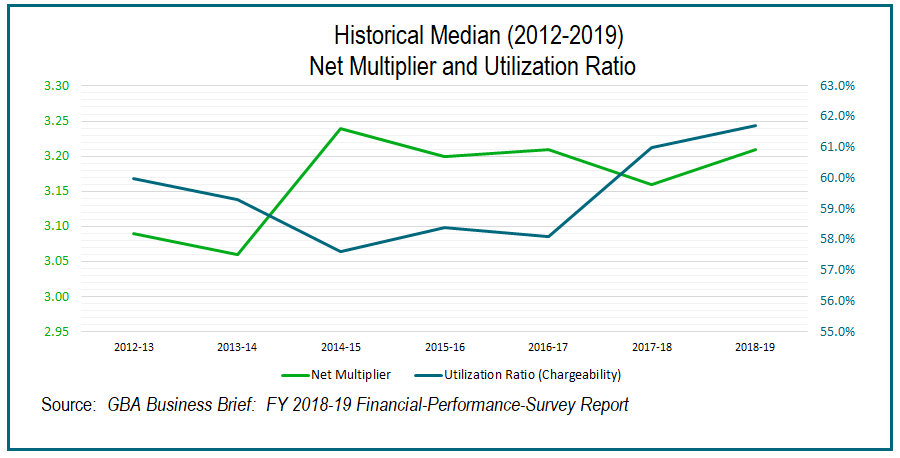
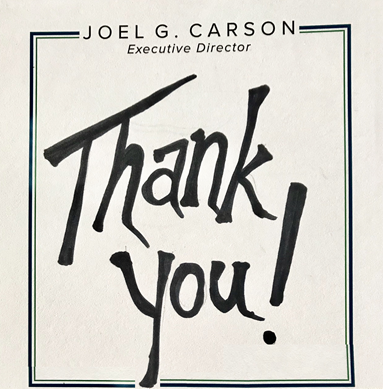
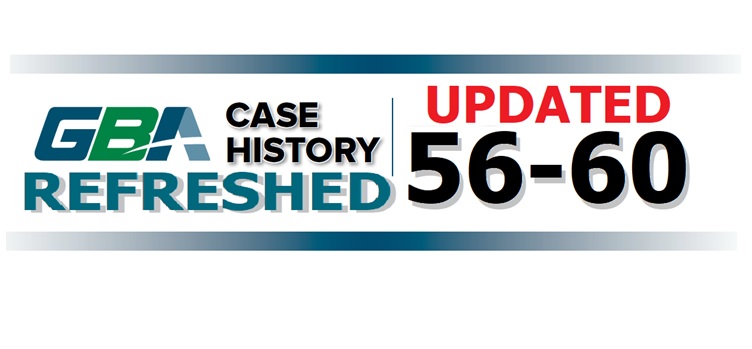 Learn from others. Don’t repeat the mistakes of the past! GBA Case Histories are being used by our members for loss prevention discussions in support of professional development and mentoring. That is why GBA case histories are so valuable, and why GBA is updating them all, while adding new ones, too. We are more than halfway done as five more case histories have been re-issued.
Learn from others. Don’t repeat the mistakes of the past! GBA Case Histories are being used by our members for loss prevention discussions in support of professional development and mentoring. That is why GBA case histories are so valuable, and why GBA is updating them all, while adding new ones, too. We are more than halfway done as five more case histories have been re-issued.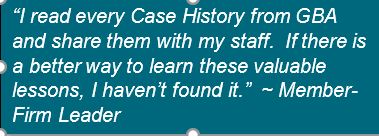 g subcontractor relied on an outdated site map, which resulted in unsuitable organic fill beneath 100 of 250 housing lots.
g subcontractor relied on an outdated site map, which resulted in unsuitable organic fill beneath 100 of 250 housing lots.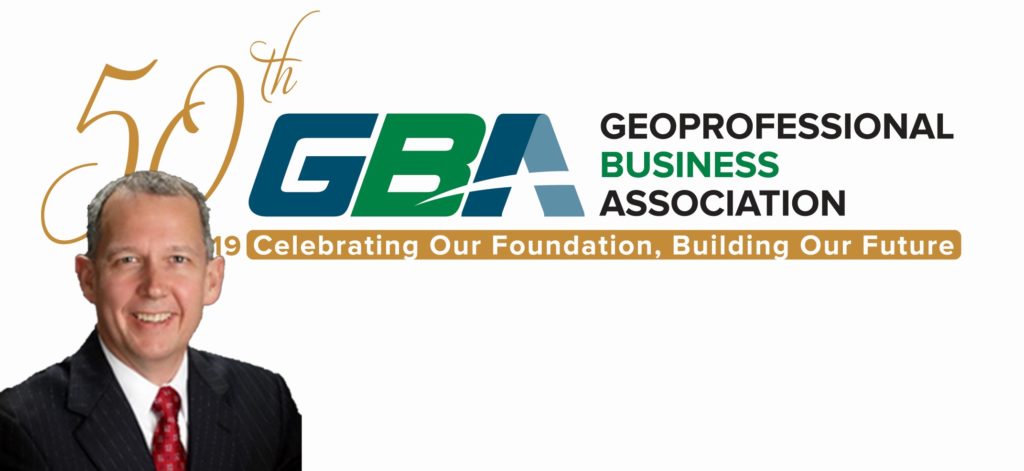
 discussion platform where small groups of Member-Firm executive leaders meet to candidly address their most pressing issues and draw on the experience of others who’ve faced similar situations. The first Peer Group held their second meeting at Geotechnology’s office on April 25-26 in St. Louis.
discussion platform where small groups of Member-Firm executive leaders meet to candidly address their most pressing issues and draw on the experience of others who’ve faced similar situations. The first Peer Group held their second meeting at Geotechnology’s office on April 25-26 in St. Louis.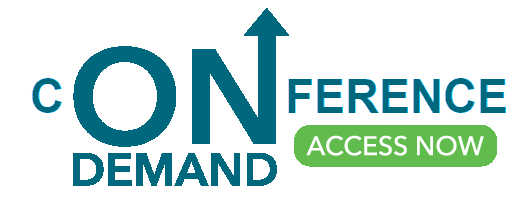 Those that attended GBA’s 2019 Spring Conference in Wailea, Hawaii agreed that the presentations were educational, entertaining, and inspiring. Now you can watch, listen to, and learn from these speakers, too, on your own schedule, and without leaving your office.
Those that attended GBA’s 2019 Spring Conference in Wailea, Hawaii agreed that the presentations were educational, entertaining, and inspiring. Now you can watch, listen to, and learn from these speakers, too, on your own schedule, and without leaving your office.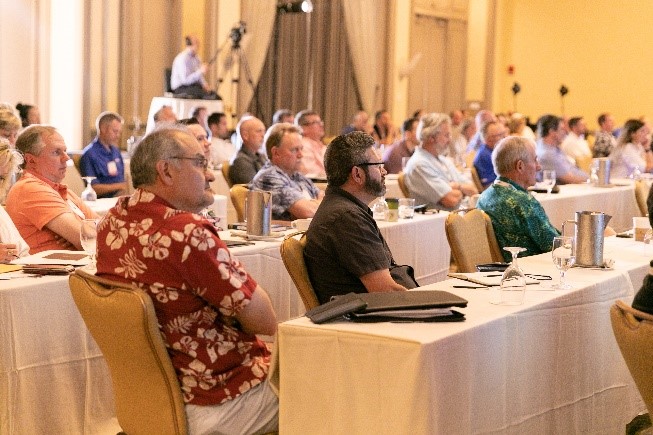
 Eric Saperston has spent the last 25 years cold calling and taking the most powerful people in the world out for a cup of coffee (all from a VW bus with his dog tagging along). Eric’s wisdom, humor, and inspiration will wow you while you learn the common traits, motivating factors, and guiding principles he discovered in these people, and how they can enable everyday people to produce extraordinary results.
Eric Saperston has spent the last 25 years cold calling and taking the most powerful people in the world out for a cup of coffee (all from a VW bus with his dog tagging along). Eric’s wisdom, humor, and inspiration will wow you while you learn the common traits, motivating factors, and guiding principles he discovered in these people, and how they can enable everyday people to produce extraordinary results.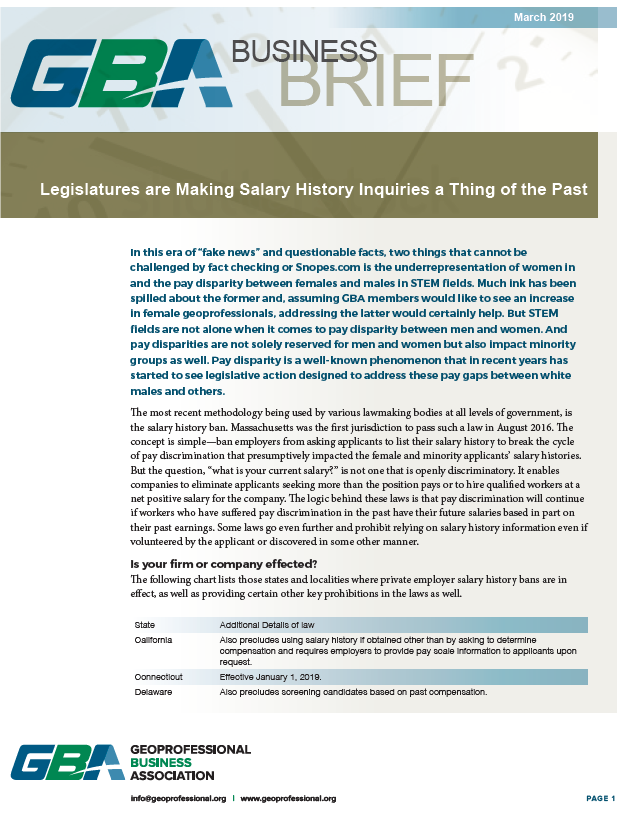
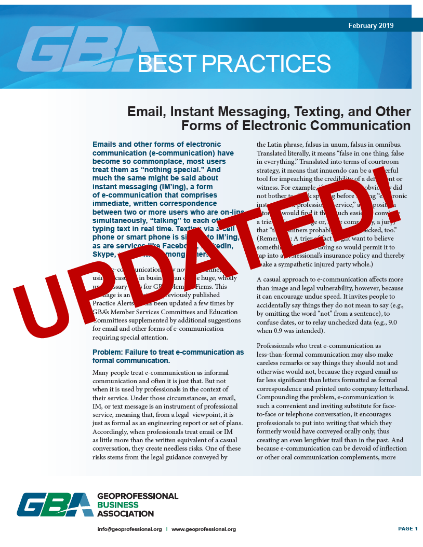
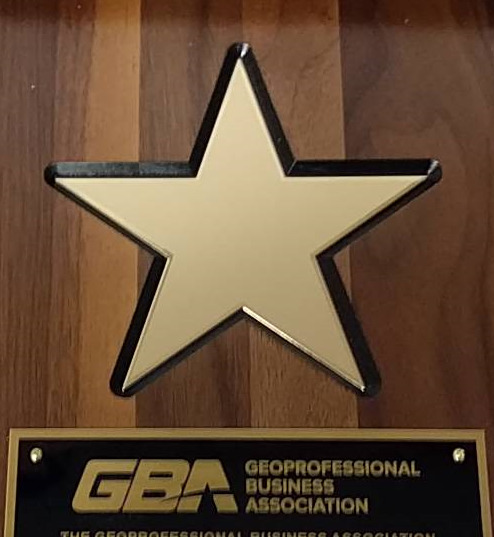 Dinner, exceptional member firms and volunteer leaders were recognized for their engagement, support, and volunteer efforts. In total, over 40 individuals were recognized and four Member Firms.
Dinner, exceptional member firms and volunteer leaders were recognized for their engagement, support, and volunteer efforts. In total, over 40 individuals were recognized and four Member Firms.
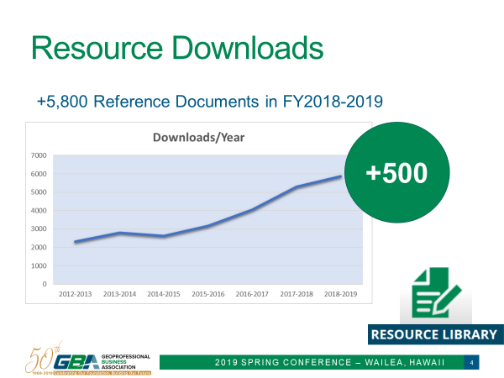 association the opportunity to prepare for the future by replenishing in our reserve fund. Our growing financial strength is underscored by the positive view our members have of the current economy. An instant poll of the participants on the topic of business climate described the overall feeling of members as “optimistic” and “busy,” with 60 percent anticipating increases in revenue over the next year. Members expressed that their biggest 2019 challenge was the recruiting and retention of staff.
association the opportunity to prepare for the future by replenishing in our reserve fund. Our growing financial strength is underscored by the positive view our members have of the current economy. An instant poll of the participants on the topic of business climate described the overall feeling of members as “optimistic” and “busy,” with 60 percent anticipating increases in revenue over the next year. Members expressed that their biggest 2019 challenge was the recruiting and retention of staff.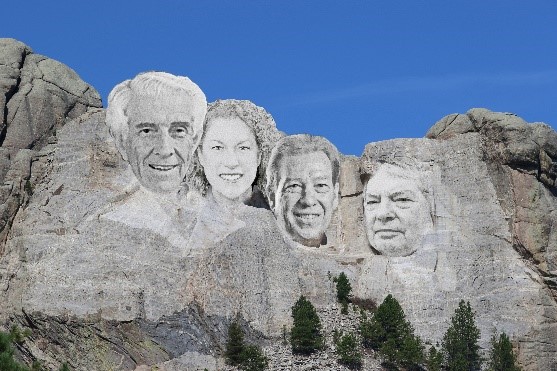 In a panel discussion, Past President’s and GBA Fellows Laura Reinbold (2016-2017), Gerry Salontai (2004-2005), Rich Millet (1997-1998) and Ed Wilson (1989-1990) reflected on GBA leadership accomplishments and the way we get things done. Highlights included descriptions of the origin of limitation of liability, peer review and alternative dispute resolution. It was noted that all of these powerful tools were individual ideas that were brought to the organization and perfected by committees. GBA has a great tradition of honoring individual thought and making the best ideas actionable. We were reminded that no other professional association has as much collegiality as GBA because at our core we have demonstrated decades of trust and delivering value.
In a panel discussion, Past President’s and GBA Fellows Laura Reinbold (2016-2017), Gerry Salontai (2004-2005), Rich Millet (1997-1998) and Ed Wilson (1989-1990) reflected on GBA leadership accomplishments and the way we get things done. Highlights included descriptions of the origin of limitation of liability, peer review and alternative dispute resolution. It was noted that all of these powerful tools were individual ideas that were brought to the organization and perfected by committees. GBA has a great tradition of honoring individual thought and making the best ideas actionable. We were reminded that no other professional association has as much collegiality as GBA because at our core we have demonstrated decades of trust and delivering value.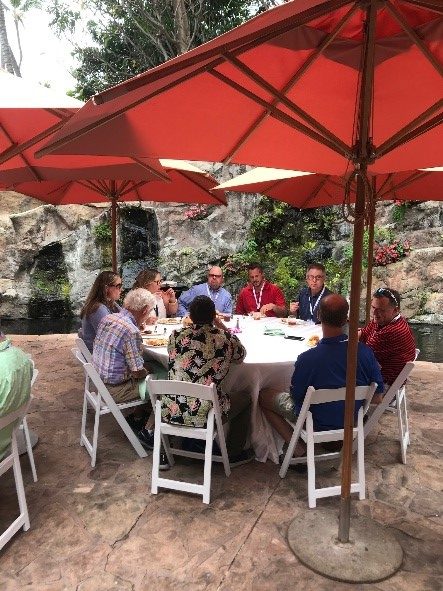
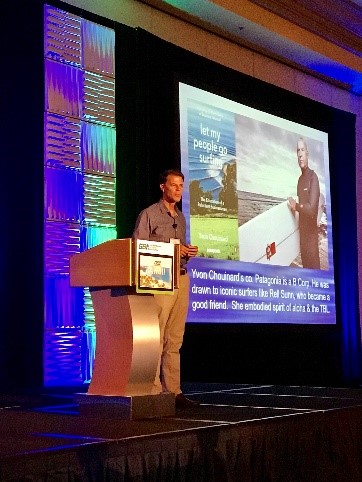 Who says geoprofessionals aren’t funny? We were taught powerful communications techniques through the lessons of improvisational comedy by Nancy Watt, a Second City Conservatory Graduate. The session included audience participation in demonstrating that anyone can learn these techniques of effective communication and collaboration. It all starts with speaking and listening from a “Yes, and…” rather than a “Yes, but…” perspective. It also proved we have some real comedians among our members.
Who says geoprofessionals aren’t funny? We were taught powerful communications techniques through the lessons of improvisational comedy by Nancy Watt, a Second City Conservatory Graduate. The session included audience participation in demonstrating that anyone can learn these techniques of effective communication and collaboration. It all starts with speaking and listening from a “Yes, and…” rather than a “Yes, but…” perspective. It also proved we have some real comedians among our members.